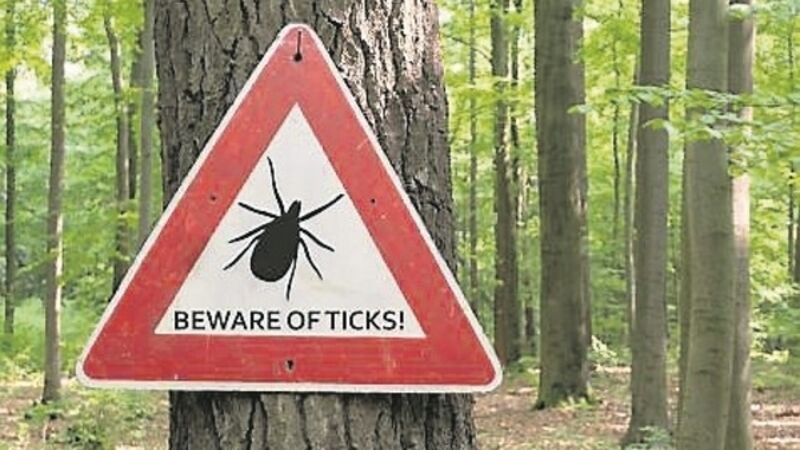Climate change may see rise in ticks

An outbreak of what seemed to be rheumatoid arthritis occurred in Old Lyme, Connecticut, in 1975. Dr Allen Steere of Yale Medical School identified it as a previously unknown ailment which he called “lyme arthritis”. About 65,000 Europeans fall victim to this disease each year, with fifty to a hundred cases occurring in Ireland.
The bacterium responsible for lyme borreliosis was isolated in 1981; it is spread by ticks. These flightless creatures are not insects, but relatives of spiders scorpions and mites. They belong to an ancient lineage; a tick specimen, attached to a dinosaur feather in 99-million-year-old amber, was described in Nature Communications last year. There are some 900 tick species worldwide.













